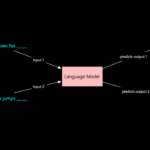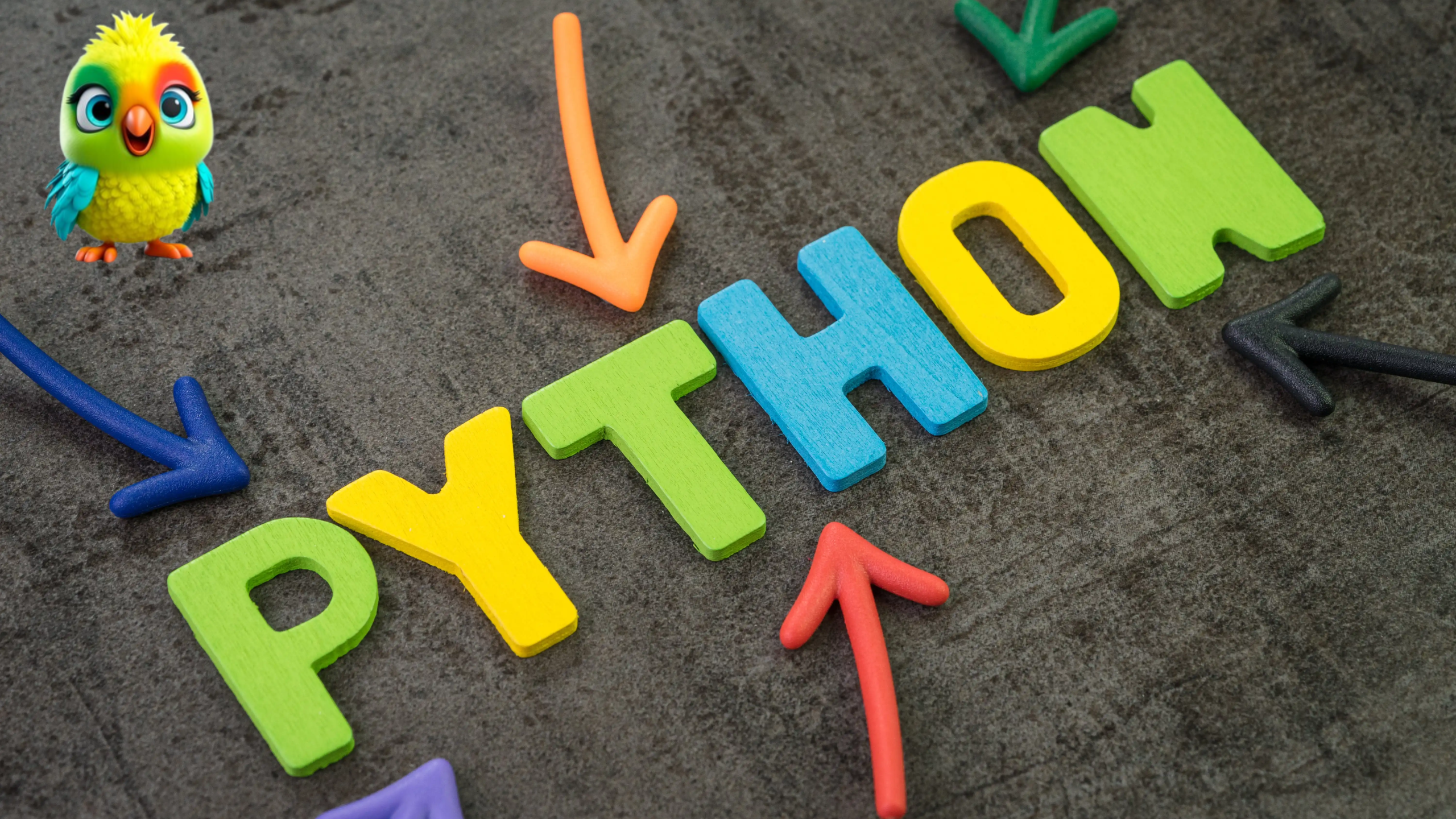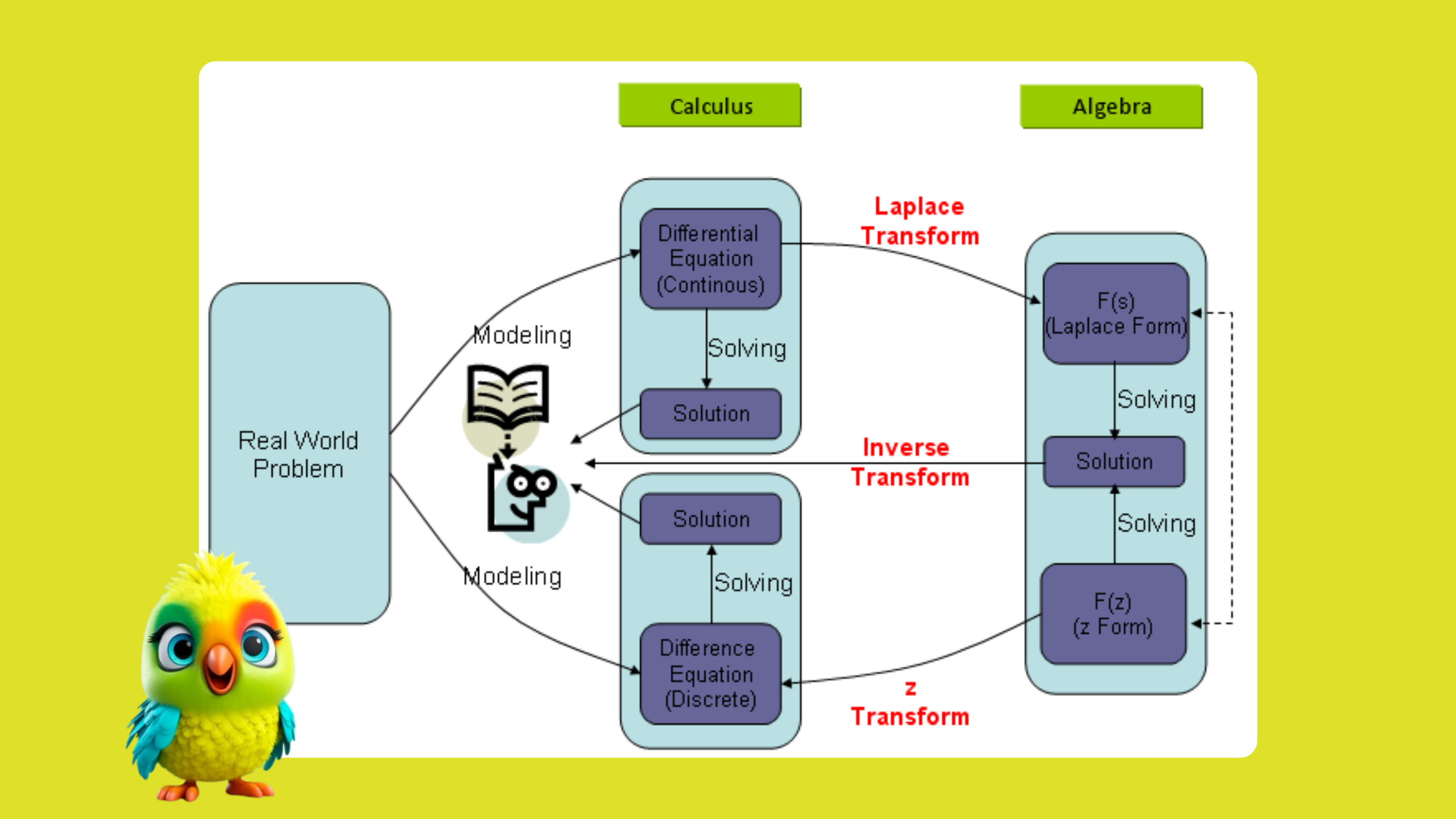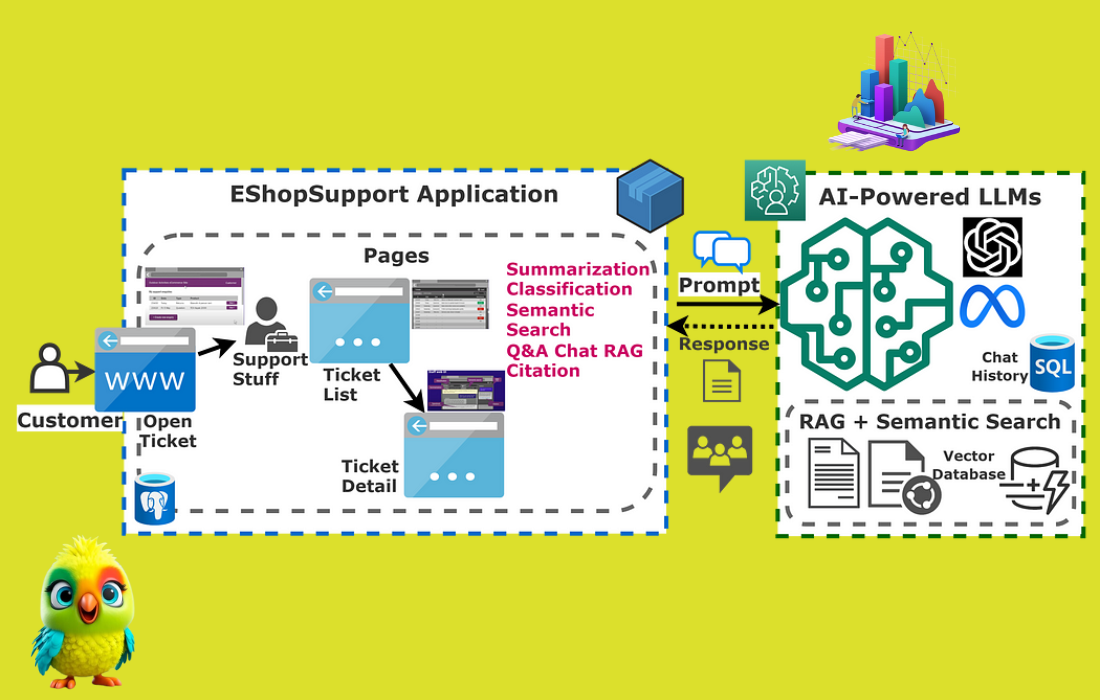Welcome to the future — a world where machines not only follow instructions but learn from data! Whether you’re a tech enthusiast, a student, or a curious mind, this blog post will give you a gentle introduction to the fascinating world of Machine Learning (ML).
What is Machine Learning?
Machine Learning is a subset of Artificial Intelligence (AI) that enables computers to learn from data and make decisions or predictions without being explicitly programmed. It’s like teaching a child to recognize animals by showing them pictures and letting them learn from patterns.
️ Types of Machine Learning
Supervised Learning
Trained on labeled data
Examples: Email spam detection, house price prediction
Unsupervised Learning
Finds hidden patterns in unlabeled data
Examples: Customer segmentation, topic discovery
Reinforcement Learning
Learns by interacting with an environment
Examples: Game-playing AIs, self-driving cars
Real-World Applications
Healthcare: Diagnosing diseases from scans
Finance: Detecting fraud and algorithmic trading
Retail: Personalized recommendations
Agriculture: Crop disease prediction
How Does It Work?
Collect Data – More and cleaner data means better models.
Train a Model – Feed the data into an algorithm.
Evaluate – Test its accuracy using test data.
Deploy – Use the model in real-world applications.
Popular Tools and Languages
Languages: Python, R, JavaScript
Libraries: scikit-learn, TensorFlow, PyTorch, Keras
Platforms: Google Colab, Kaggle, Jupyter Notebooks
Where to Start?
️ Top Tools in Machine Learning
Machine Learning (ML) is one of the most exciting fields in technology today. However, diving into ML can feel overwhelming without the right tools. Whether you’re a beginner or a pro, choosing the right tools can drastically boost your productivity and model performance.
In this post, we’ll cover popular tools used in Machine Learning, categorized for clarity.
1. Programming Languages
Python
Most widely used for ML due to its simplicity and ecosystem.
Works seamlessly with TensorFlow, PyTorch, scikit-learn, etc.
R
Great for statistics and visualization.
Popular in academic and research environments.
Java & C++
Used for performance-critical ML tasks.
Common in enterprise and production environments.
2. ML Libraries & Frameworks
TensorFlow
Developed by Google.
Powerful for deep learning, supports both CPU and GPU.
PyTorch
Developed by Facebook.
Gaining popularity for its flexibility and dynamic computation graph.
scikit-learn
Ideal for classical ML algorithms (SVM, Decision Trees, etc.).
Easy to use, great for beginners.
Keras
High-level API that runs on top of TensorFlow.
Simplifies deep learning model creation.
3. Data Visualization Tools
Matplotlib & Seaborn
Used in Python for static charts and statistical visualizations.
Plotly
For interactive web-based graphs.
Power BI / Tableau
Great for dashboards and business intelligence.
4. Data Handling & Processing Tools
Pandas
Powerful for data manipulation and analysis.
NumPy
Essential for numerical computations.
OpenCV
For computer vision tasks (image and video processing).
NLTK / spaCy
For natural language processing (NLP).
☁️ 5. ML Platforms & Notebooks
Google Colab
Free, cloud-based Jupyter Notebook environment.
Comes with free GPUs and TPUs.
Jupyter Notebooks
Ideal for prototyping, teaching, and presentations.
Kaggle
Online platform for ML competitions and datasets.
Includes a coding environment with GPUs.
6. AutoML Tools
Google AutoML
No coding required. Upload data, train, and deploy models.
H2O.ai
Open-source and enterprise-ready AutoML tools.
Microsoft Azure ML Studio
Drag-and-drop interface with strong enterprise integration.
️ 7. Model Deployment Tools
Docker
Containerizes ML models for deployment.
Flask / FastAPI
Lightweight web frameworks to serve ML models via REST APIs.
TensorFlow Serving
Specialized tool to deploy TensorFlow models at scale.
8. Version Control & Experiment Tracking
Git
Essential for code version control.
MLflow / Weights & Biases
Track experiments, log metrics, and compare model performance.






















